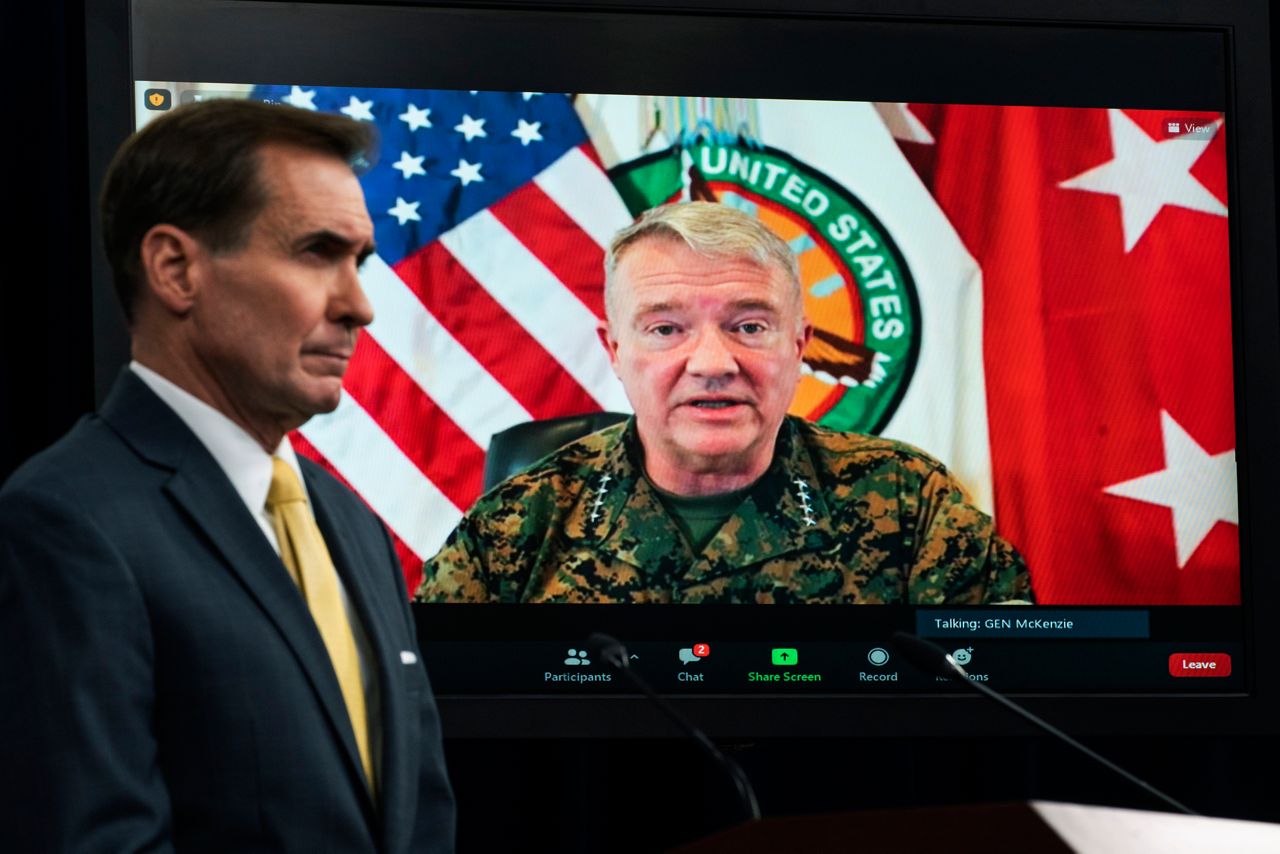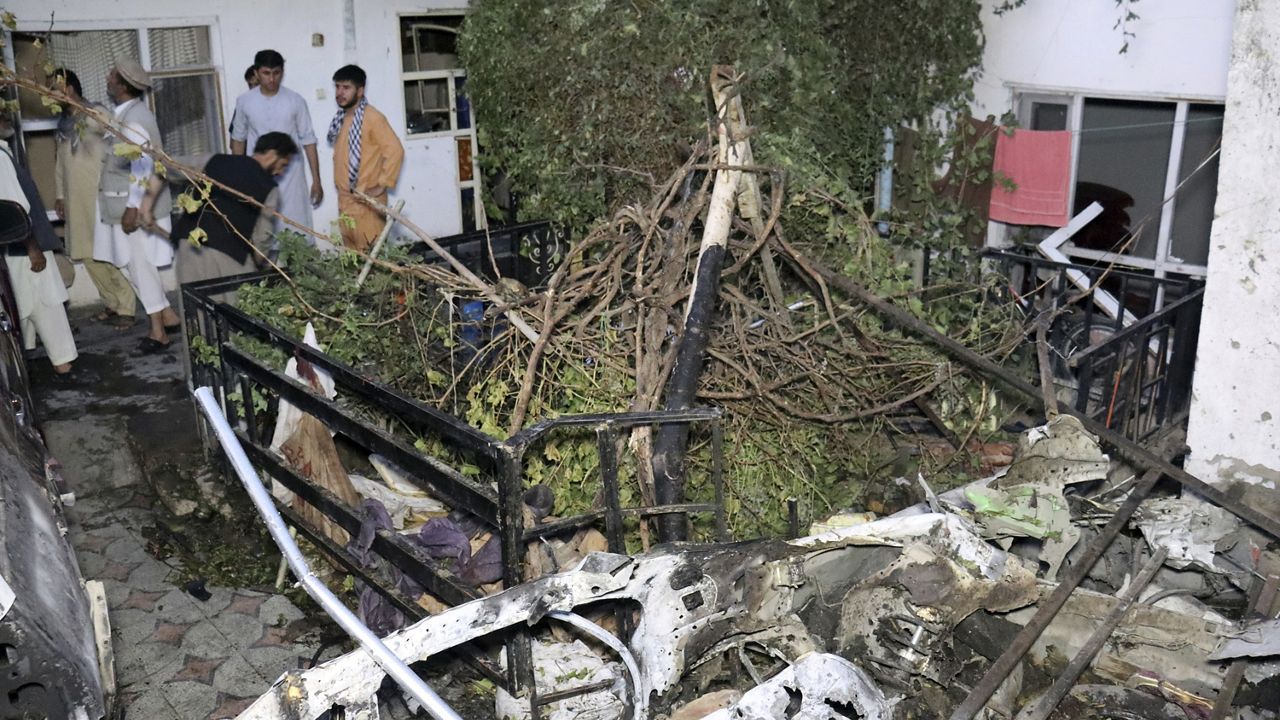A top U.S. military general announced Friday that a drone strike carried out near Kabul’s airport in late August likely did not kill anyone associated with the Islamic State and instead resulted in the deaths of at least 10 civilians, including seven children.
The chief of the U.S. Central Command, Gen. Frank McKenzie, delivered the news on Friday after the conclusion of an internal investigation, the week after a New York Times investigation found the strike likely killed an aid worker and his children.
“Our investigation now concludes that the strike was a tragic mistake,” Gen. McKenzie said of the Aug. 29 incident.
“We now assess that it is unlikely that the vehicle and those who died were associated with ISIS-K or were a direct threat to U.S. forces,” he explained. “I offer my profound condolences to the family and friends of those who were killed.”
The military originally believed the vehicle targeted by the strike was driven by an ISIS operative and carrying a bomb to target Kabul’s airport.
“This strike was taken in the earnest belief that it would prevent an imminent threat to our forces and the evacuees at the airport, but it was a mistake. And I offer my sincere apology,” Gen. McKenzie said.
“As the combatant commander, I am fully responsible for the strike and its tragic outcome” he added.

The general on Friday outlined why the military decided to strike the vehicle that it did, noting that just days earlier an ISIS-K bomb had killed 13 U.S. service members and dozens of Afghans.
McKenzie said that CENTCOM had received more than 60 pieces of intelligence about additional attacks being planned by ISIS-K, including repeated reports that a white Toyota Corolla could be involved.
They therefore followed a similar car throughout the day as it made several stops before finally deciding to strike when it came within three kilometers of the airport toward the end of the day.
The New York Times investigation identified the driver of the car as Zemari Ahmadi, a longtime U.S. aid worker, who was going about his day by picking up and dropping off colleagues and water containers.
McKenzie said that as many as ten civilians were killed in the U.S. strike, including the driver of the white car and up to seven children.
The general also said that the U.S. military was considering some kind of reparations or payment to the surviving family members of those killed, a regular acknowledgement of suffering made by commanders in Afghanistan over the course of the war.
“We recognize the obligation, and we'll continue to work that problem,” he said.
The practice — often called “condolence payments” — is more difficult when the U.S. does not have soldiers on the ground, a complicating factor in this case that Gen. McKenzie noted on Friday, since American troops have left Afghanistan.



